Preceded by Li Yung Name Sheng Shicai Nationality Chinese Residence Urumqi, China | Spouse(s) Ch'iu Yu-fang Succeeded by Wu Zhongxin Children 4 | |
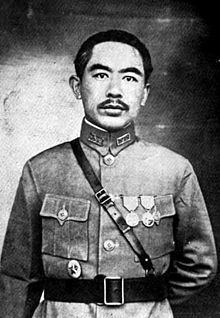 | ||
Political party Communist Party of the Soviet Union Alma mater Imperial Japanese Army Academy Died July 13, 1970, Taipei, Taiwan Education Imperial Japanese Army Academy Party Communist Party of the Soviet Union Similar People Ma Zhongying, Jin Shuren, Joseph Stalin, Hoja‑Niyaz, Chiang Kai‑shek | ||
Sheng Shicai
Sheng Shicai (Chinese: 盛世才; pinyin: Shèng Shìcái; Wade–Giles: Sheng Shih-ts'ai; 1897 – July 13, 1970, Taiwan) was a Chinese warlord who ruled Xinjiang (Sinkiang) province from April 12, 1933 to August 29, 1944.
Contents
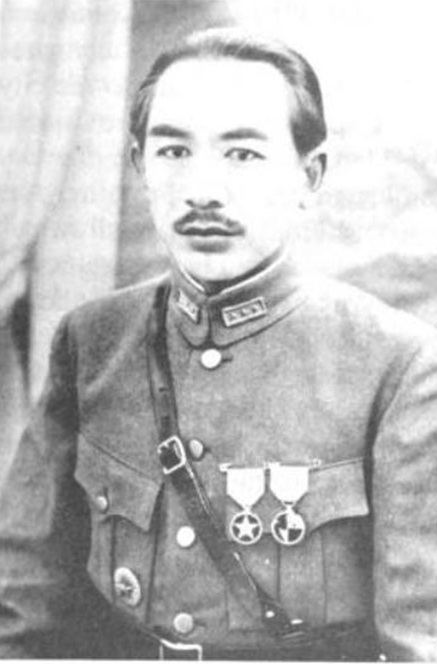
Life

Born in Kaiyuan, Liaoning Province, he served under the Guominjun. He was first sent to Xinjiang (Sinkiang) to work for Governor Jin Shuren in 1930. He repressed the Kumul Rebellion (February 1931-October 1931) with support from the Soviet Union, but in exchange made several agreements with the USSR that gave the Soviets virtual control over the Xinjiang province.
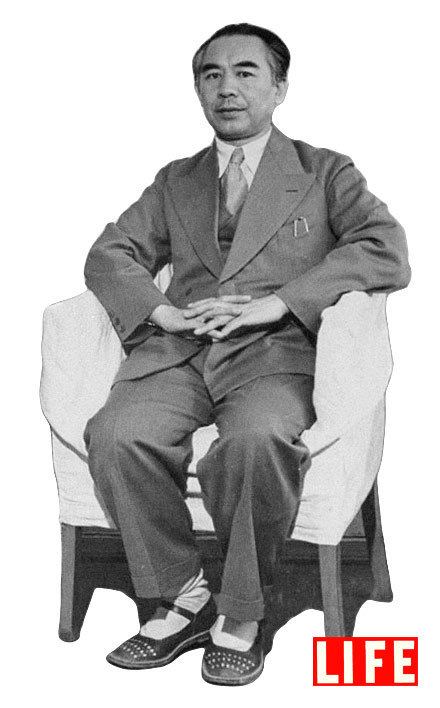
The Urumqi Soviet Consul General effectively was in control of governing, with Sheng required to consult them for any decision he made. The Consul was the de facto power in Xinjiang, being the greatest in significance. Xinjiang was considered a "Soviet Satellite", being under total Soviet control.

During the Xinjiang War (1937), Sheng launched his own purge in Xinjiang to coincide with Stalin's Great Purge. Sheng received assistance from the NKVD. Sheng and the Soviets alleged a massive Trotskyist conspiracy and a "Fascist Trotskyite plot" to destroy the Soviet Union. Soviet Consul General Garegin Apresoff, General Ma Hushan, Ma Shaowu, Mahmud Sijan, the official leader of the Xinjiang province Huang Han-chang, and Hoja-Niyaz were among the 435 alleged conspirators in the plot. Xinjiang came under virtual Soviet control. Stalin opposed the Chinese Communist Party.
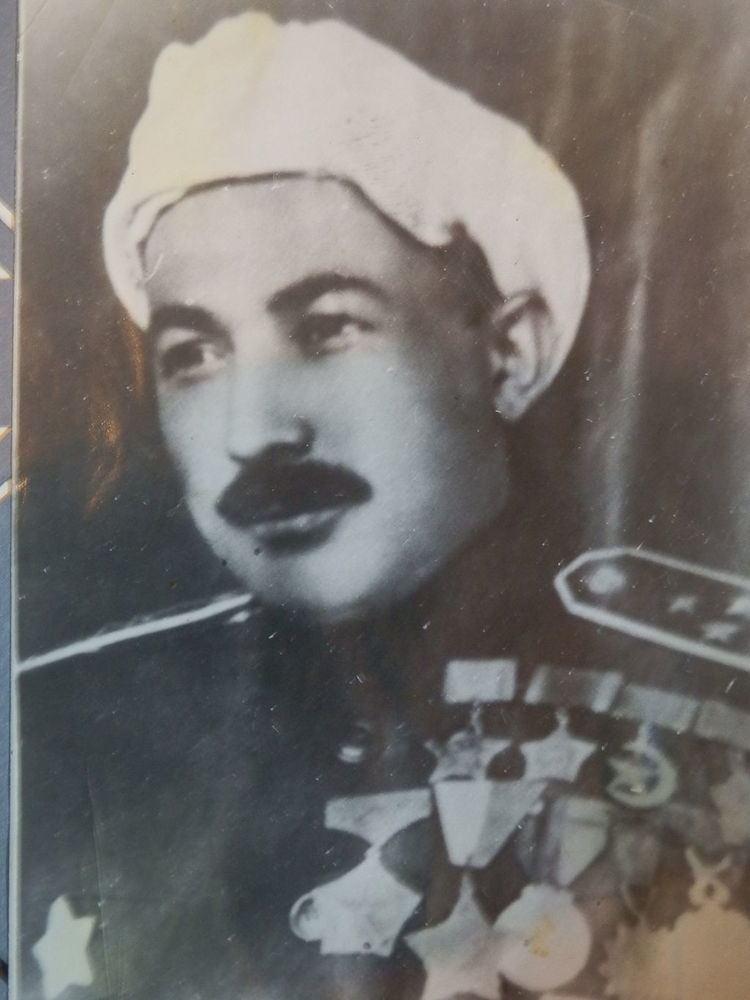
At Joseph Stalin's request, Sheng joined the Communist Party of the Soviet Union (CPSU) in August 1938 and received Party Card No.1859118 directly from Molotov during his secret visit to Moscow. Xinjiang, under Sheng's rule, was thus a part of China in name only, with every major decision of Sheng's regime cleared through the Soviet Consulate in Tihwa (Chinese: 迪化, today known as Urumqi). During his years as Governor he was anti-minority (anti-Uyghur and anti-Kazakh), and was known for his pervasive use of torture.
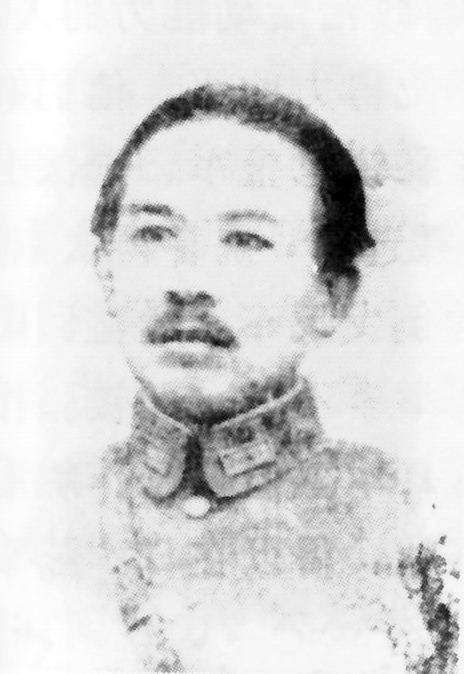
Pan-Turkic Jadidists and East Turkestan Independence activists Muhammad Amin Bughra and Masud Sabri rejected the Soviets and Sheng Shicai's imposition of the name "Uyghur people" upon the Turkic people of Xinjiang. They wanted instead the name "Turkic ethnicity" (Tujue zu in Chinese) to be applied to their people. Masud Sabri also viewed the Hui people as Muslim Han Chinese and separate from his own people. The names "Türk" or "Türki" in particular were demanded by Bughra as the real name for his people. He slammed Sheng Shicai for his designation of Turkic Muslims into different ethnicities which could sow disunion among Turkic Muslims.
In 1942, with Nazi Germany occupying much of the USSR, Sheng saw the Soviet Union's weakness, and turned anti-Soviet, expelling Soviet advisors and executing many Han Communists, including Mao Zemin, Mao Zedong's brother. He hoped to secure the backing of the Kuomintang (KMT, Chinese Nationalist Party) for his continued rule. However, when the fighting in Europe swung in favor of the Soviet Union after the Battle of Stalingrad, Sheng attempted to expel the KMT, and sent a letter to Stalin requesting Soviet aid. Stalin refused to assist Sheng, and sent Sheng's letter to KMT party leader Chiang Kai-shek. The KMT deposed Sheng as Governor of Zinjiang in August 1944.
Chen Lifu of the CC Clique recorded his personal encounters with Sheng in his memoir. According to him, Sheng was distrustful and suspicious of everyone else. He aligned "machine guns in front of his... residence at night... had all his filing cabinets locked."
Isa Alptekin led a delegation of 36 Uyghurs to support murderers in Lanzhou who in revenge for Sheng Shicai killing their family members, slaughtered a five-year-old girl and seven-year-old boy who were Sheng's niece and nephew and nine other relatives of Sheng Shicai. Isa said that the slaughter was justified.
Sheng left Xinjiang on September 11, 1944 to join the Kuomintang's Republic of China government as Minister of Agriculture and Forestry. Around fifty trucks accompanied him, loaded with his personal property, "acquired" in Xinjiang over fifteen years, including gold (est. 1,500 kg) and silver (est. 15,000 kg). He fled to Taiwan along with the KMT at the end of the Chinese Civil War in 1949. In 1958, he co-authored Sinkiang: Pawn or Pivot with American political scientist Allen S. Whiting.
The 13th edition of the Turkistan Islamic Party's magazine Islamic Turkistan included an article by Abdullah attacking Sheng Shicai and his rule over Xinjiang from the Kumul Rebellion to the 1944 Ili Rebellion.
Personal life
Sheng had four children with his wife. Two of his daughters were born while he was in Xinjiang.
